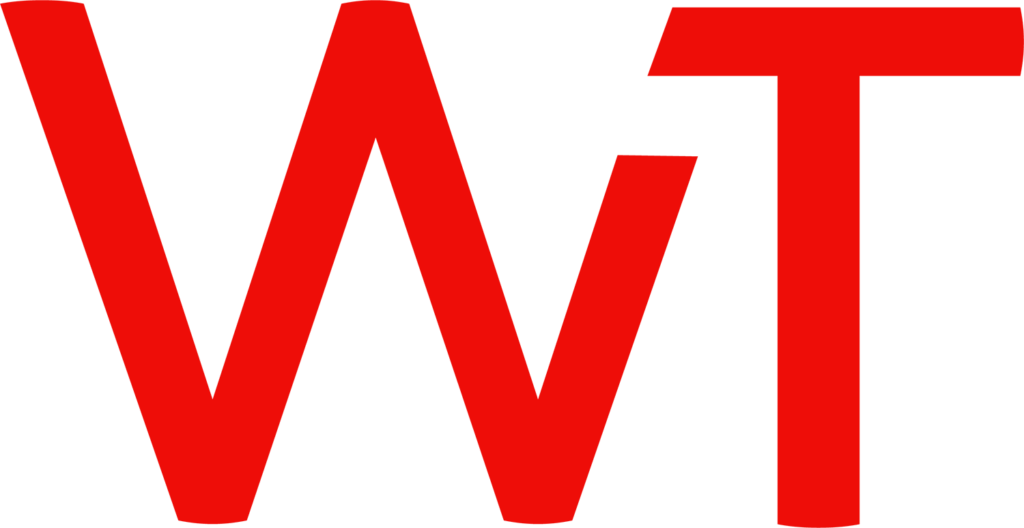Written by Tessa Visser, lawyer at Wintertaling.
After a long run-up, the time has finally come: on 4 June 2024, the Senate adopted the legislative proposal on Adapting the Dispute Settlement Procedure and Clarifying the Admissibility Requirements for Enquiry Proceedings (the "Wagevoe" in Dutch). The planned amendments can be explained as follows.
Dispute resolution
The dispute resolution proceedings include the proceedings for squeezing out a shareholder (Article 2:336 of the Dutch Civil Code), the proceedings for forced exit (Article 2:343 of the Dutch Civil Code) and the proceedings of pricing (Article 2:343c of the Dutch Civil Code).
An action for expulsion can be brought by the company when the conduct of a shareholder harms the interests of the company to such an extent that the continuation of his shareholding can no longer reasonably be required. This concerns conduct in the capacity of shareholder. In practice, this means that the conflict must have occurred within the general meeting of shareholders. Other conflict are not taken into consideration.
A shareholder can bring an action for forced exit himself. He then must claim that his co-shareholders should be forced to take over his shares if his interests are harmed by conduct of those co-shareholders to such an extent that the continuation of his shareholding cannot reasonably be required of him.
The price-fixing proceedings are for the situation where the parties agree that one of the shareholders should exit and agree who that should be, but cannot agree on the price of the shares. The court can then set the price (or have it set).
Reasons for an amendment
In practice, the dispute resolution proceedings have proven to be ineffective and are therefore barely used. The courts handle only a few claims per year under the dispute resolution proceedings, despite the need for an effective settlement of disputes between shareholders. The changes introduced in 2012 with the introduction of the Flex-BV have not led to much improvement.
The reason that the dispute resolution proceedings deserve improvement lies mainly in the area of accessibility: a claim for squeeze-out only qualifies for allocation if the conflict has moved to the level of the general meeting of shareholders, and if, as a result, the company's interests are harmed to such an extent that remaining a shareholder cannot be required. This does not take into account behaviour that is unrelated to what happens in the shareholders' meeting, but is detrimental to the company. Examples include fraudulent conduct and unlawful competition.
In addition, the dispute resolution proceedings are perceived as costly and time-consuming. This, combined with the high standard, means that shareholder disputes are often resolved by other means.
Upcoming amendments
Although the textual changes to the Wagevoe are very limited in scope, their impact will be significant in practice. The main changes are that conduct other than in the capacity of shareholder can also be a ground for squeeze-out, and that not the ordinary court but the Enterprise Chamber of the Amsterdam Court of Appeal will have jurisdiction to rule on these disputes. Furthermore, the exit procedure will also be accessible to holders of depositary receipts.
That the standard will be extended to include conduct outside the capacity of shareholder seems to be a very desirable change. Shareholders no longer have to wait until the conflict also manifests in the general meeting of shareholders, but can intervene before it has to get that far. The interests and continuity of the company concerned will be served by this.
Furthermore, the Enterprise Chamber has proven to be able to act quickly and competently in company disputes; inquiry proceedings are popular for a reason and the turnaround time is considerably shorter than that of commercial proceedings. It therefore seems an obvious choice to house the dispute resolution proceedings with the Enterprise Chamber. The consequence, however, is that only one factual institution will assess an application for squeeze-out. Of course, appeal in cassation will still be a possibility. This is quite a drastic change, especially since the price for the shares will be determined within the same proceedings. This will improve efficiency, though.
Another consequence of transferring the dispute resolution proceedings to the Enterprise Chamber is that proceedings are no longer started with a writ of summons, but with a petition. The most relevant aspect of this is that requests could then also be combined; a request for an inquiry could also immediately be accompanied by a request for the squeeze-out of a shareholder. More efficient than litigating in two different places, but a party submitting a request for an inquiry could thus just as easily be confronted with a counter request for squeeze-out.
Conclusion
The upcoming amendments seem set to make the dispute resolution system more accessible, but also more risky. The next few years will show whether the changes will actually lead to a well-functioning and effective dispute resolution system, which is so much needed in practice.
Do you need advice on difficult relationships within the company, questions on how to avoid this kind of situation or do you have other questions? Feel free to contact us.

